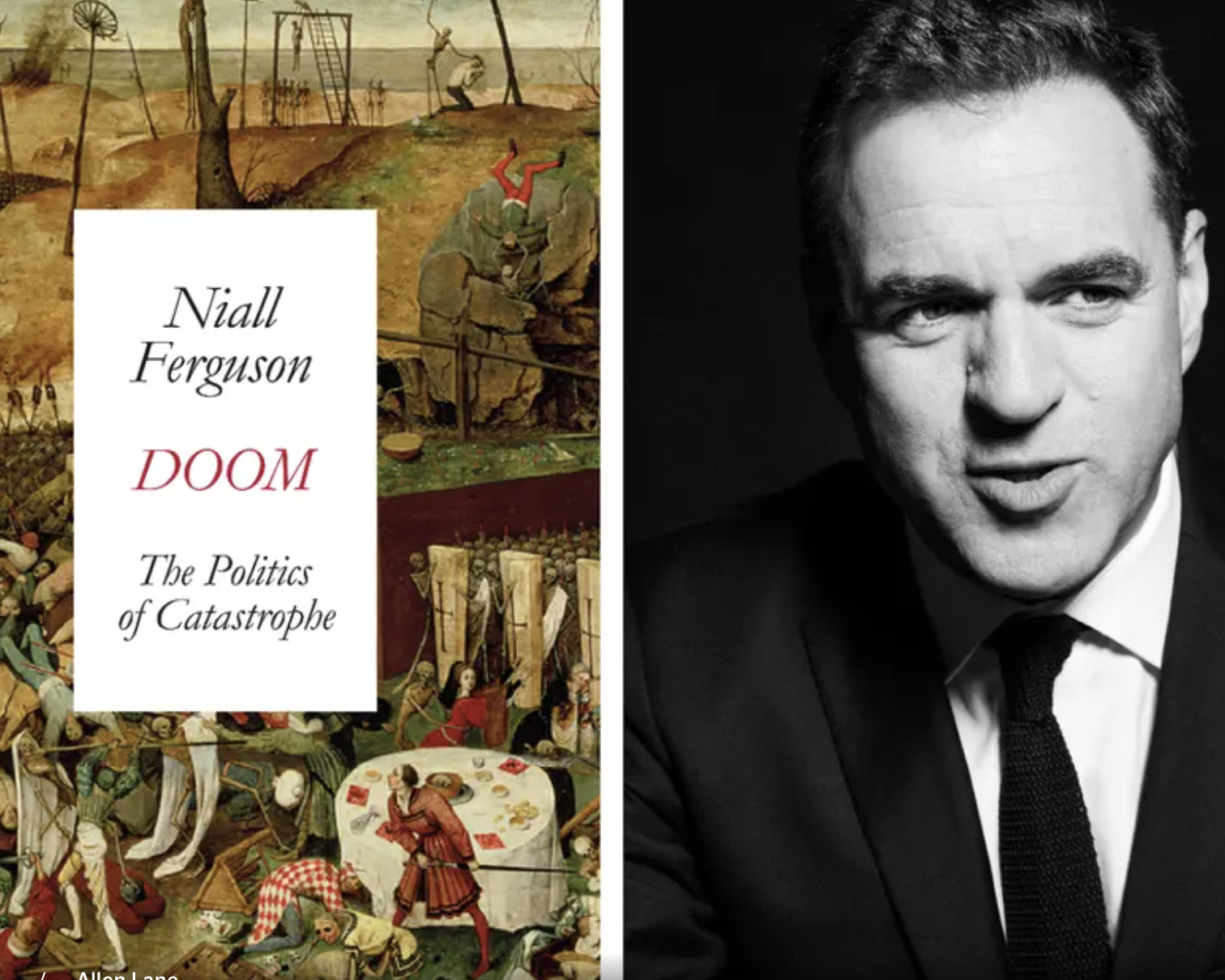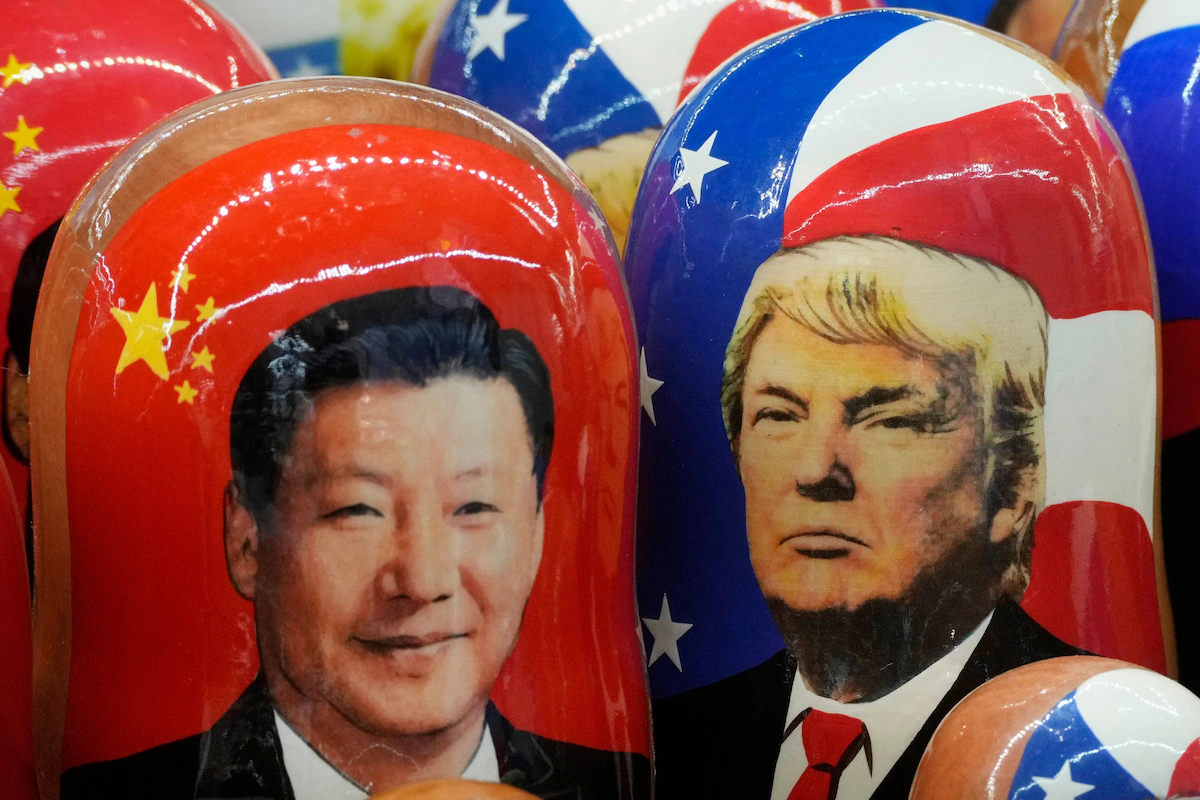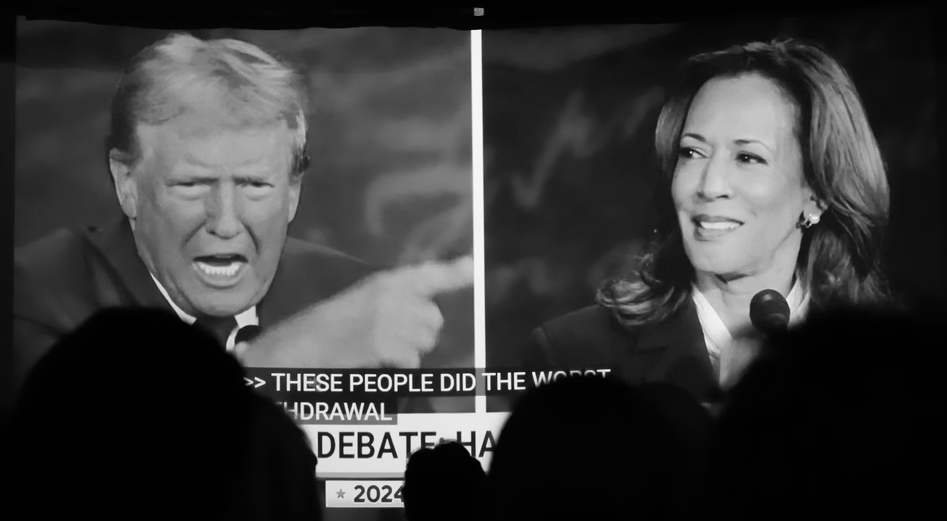
Doom: The Politics of Catastrophe by Niall Ferguson review
(Evening Standard) – From plagues and volcanic eruptions to the current Covid pandemic, mankind has always been faced with catastrophes.
Thought Leader: Niall Ferguson

In 2008, the United States was combating a financial crisis stemming from excesses in the financial system, flawed regulation and risk management, and a dangerous complacency about the imbalances and interconnectedness of global markets.
Today, I am concerned that we are again heading toward a similar kind of crisis — one born not of financial engineering, but of geopolitical fracture.
The world economy is being stressed. New tariffs and countermeasures are dealing extraordinary and unanticipated shocks. Public-sector debt levels are dangerously high, including in America. Provincial debt in China is excessive. And uncertainty — every market’s enemy — is now a defining feature of the U.S.-China relationship.
The world is watching with alarm as a U.S.-China decoupling unfolds without a clear plan. The economic and financial risks aren’t going away until the two countries find a path to mitigate trade tensions. This won’t be easy, perfect or fast, but it should be done in phases that reduce the risks and uncertainties.
Those risks are not small. The United States and China — together accounting for nearly 35 percent of global economic output — must find a path to manage competition without forsaking cooperation. The Chinese economy is struggling today, with high levels of debt, a precarious real estate market and persistent deflation. And though the U.S. is by far the stronger nation with a more robust economy, China is so deeply embedded in the global economy and dominant in so many sectors that we should assume its permanence as a global power.
If there is a prolonged trade war, China will fight to the end, and there won’t be a winner — only two losers.
The Trump administration is right to challenge unfair trade practices and rebalance the terms of engagement. We should withhold technologies and products that are critical to our national and economic security. But the majority of U.S.-China trade does not pose a security threat.
It’s time to establish a structured, enforceable and forward-looking economic relationship between Washington and Beijing — one grounded in realism, but also in responsibility.
Despite profound differences, the U.S. and Chinese economies remain deeply interdependent. Bilateral trade in goods exceeded $575 billion in 2023. In services, the U.S. maintains a surplus of more than $32 billion. China is the second-largest foreign holder of U.S. Treasurys and a leading buyer of American agricultural products, energy exports and high-value manufacturing.
Allies and nations in major parts of the world including Europe, Southeast Asia, Latin America, Africa and the Middle East will continue engaging commercially with China. Our companies are in danger of being treated as unreliable partners, excluded from global supply chains and losing the ability to set industry and product standards.
What’s more, Beijing holds levers that can impose real costs on the U.S., including restricting critical mineral access, slowing agricultural imports, disrupting critical supply chains or trimming Treasury holdings.
Yet a strategic framework agreement could serve as a road map for balanced and beneficial economic competition. After all, China must increase its consumption, creating opportunities for U.S. firms. And the United States must spend less, borrow much less and bring some critical manufacturing back home.
Negotiations should begin with some confidence-building measures. As a first step, China should agree with the U.S. to pause for 90 days the levying of reciprocal tariffs. China should also ban the export of precursors of fentanyl and name a special envoy to work with the U.S. to stop the spread of illegal fentanyl. Washington should eliminate the 20 percent tariffs imposed in February and March on China for not stopping “poisonous fentanyl and other drugs from flowing into our country.”
These steps will make it possible for the two presidents to hold productive discussions on a path forward. Presidential engagement can reset the tone, establish priorities, and give direction for genuine cooperation — even amid strategic rivalry.
Trump and Xi have an opportunity to initiate a historic Strategic Rebalancing Dialogue, where they would agree to meet at least once annually in a presidential summit and talk regularly to direct the relationship.
A next chapter should be to implement commitments under the 2020 trade deal signed by the U.S. and China, which would include greater Chinese purchases of U.S. agricultural products, energy and services.
It should also establish a Financial Stability Working Group, which would monitor financial and economic vulnerabilities in our domestic markets and globally, coordinate during market stress, and improve transparency.
After that, the two leaders could tackle deeper structural issues, such as production and consumption imbalances, excessive investment in certain industries, subsidies, trade and market access, enforceable intellectual property protections, and transparent investment regimes. This chapter should also establish a cooperative regime for critical mineral trade while the U.S. diversifies sources. Another workstream would define nonsensitive sectors in which cross-border capital flows should be encouraged.
These measures will not eliminate tensions, but they can reduce the likelihood of miscalculation, provide more predictability for markets, reduce financial risk, mitigate economic harm and address inequities. Hopefully, this will pave the way to address deep-seated structural issues and imbalances.
The goal should not be a return to the past. Rather, it should be risk management, market clarity and structured cooperation in defined areas. We will remain economic competitors with conflicting security objectives.
Strategic engagement isn’t a sign of weakness. It is a measure of leadership. And it is good for America.
This opinion piece is from WWSG‘s exclusive thought leader, Henry M. Paulson Jr. Paulson was the Treasury Secretary from July 2006 to January 2009, and is chairman of the Paulson Institute, which fosters global relationships by advancing economic prosperity and promoting sustainable growth. Contact us for further insight and to host him for your events.
Doom: The Politics of Catastrophe by Niall Ferguson review
(Evening Standard) – From plagues and volcanic eruptions to the current Covid pandemic, mankind has always been faced with catastrophes.
Thought Leader: Niall Ferguson
Time to end secret data laboratories—starting with the CDC
The American people are waking up to the fact that too many public health leaders have not always been straight with them. Despite housing treasure…
Thought Leader: Marty Makary
David Frum: How Harris Roped a Dope
This piece is by WWSG exclusive thought leader, David Frum. Vice President Kamala Harris walked onto the ABC News debate stage with a mission: trigger…
Thought Leader: David Frum

